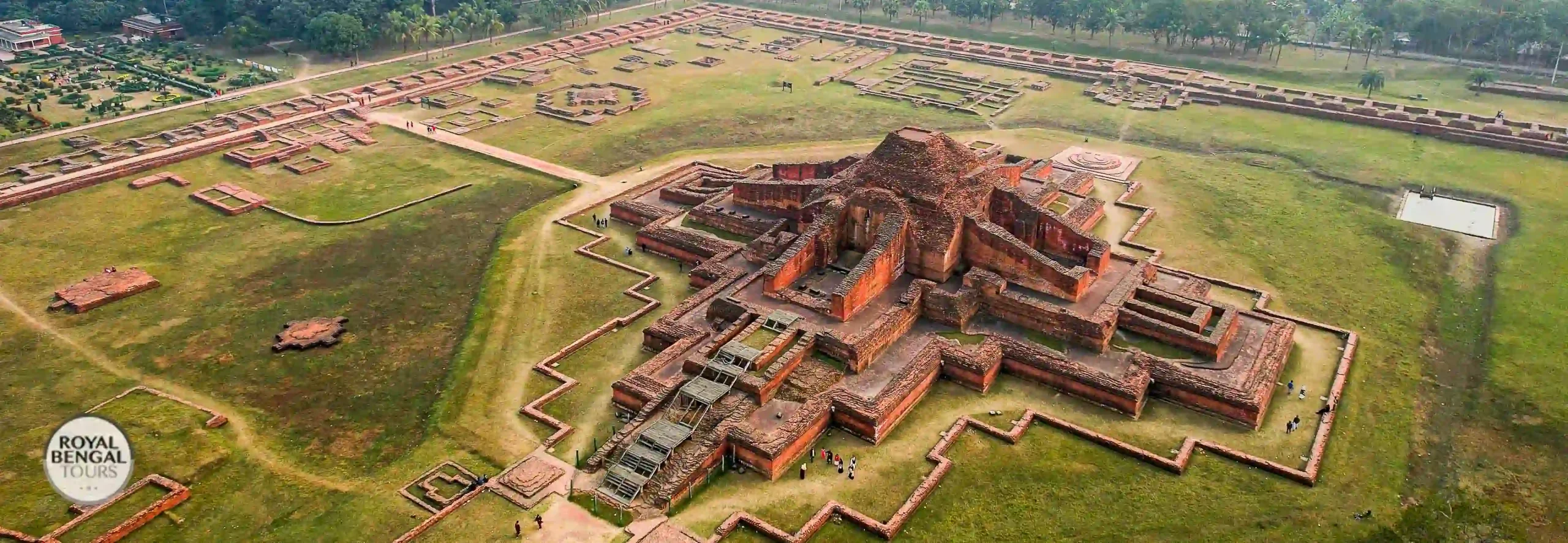Exploring Rich Cultural and Natural Treasures
Uncover Bangladesh's UNESCO World Heritage Sites: Explore the Mosque Cities, the Ruins of the Buddhist Vihara and Hindu Temples, and the Sundarbans, the world's largest mangrove forest.
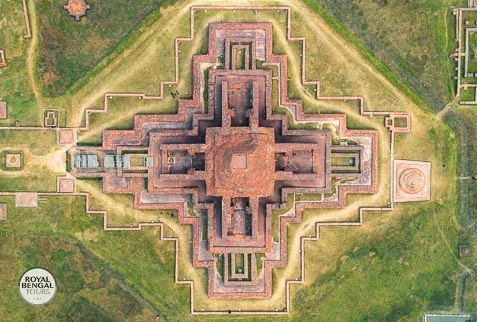
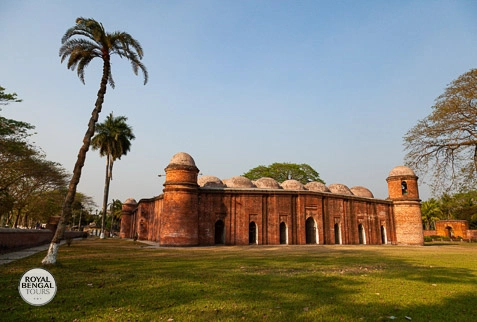
Bangladesh is adorned with an extensive collection of UNESCO World Heritage Sites, which beautifully showcase the country’s varied history and scenic landscapes. Sites of exceptional natural or cultural significance that are recognized by the United Nations Educational, Scientific, and Cultural Organization (UNESCO) are classified as part of the shared heritage of humanity.
Significance of UNESCO
UNESCO’s World Heritage List identifies and protects sites of exceptional value, ensuring their preservation for future generations. These sites in Bangladesh embody centuries of cultural heritage and distinct ecosystems.
History of UNESCO in Bangladesh
Bangladesh became a member of UNESCO on October 27th, 1972. The journey of UNESCO in Bangladesh began on Wednesday, March 3, 1983, with a mission to safeguard the nation’s exceptional heritage. Bangladesh has proactively nominated and protected sites under the auspices of UNESCO for decades.
UNESCO World Heritage Sites
A number of extraordinary UNESCO World Heritage sites are located in Bangladesh, each providing insight into the country’s history and contemporary identity. These comprise of:
Sundarbans Mangrove Forest
UNESCO World Heritage Site since 1997, the Sundarbans is the longest mangrove forest in the world and is renowned for both its elusive Bengal tiger and its rich biodiversity. This distinctive ecosystem plays an important role in maintaining ecological balance.
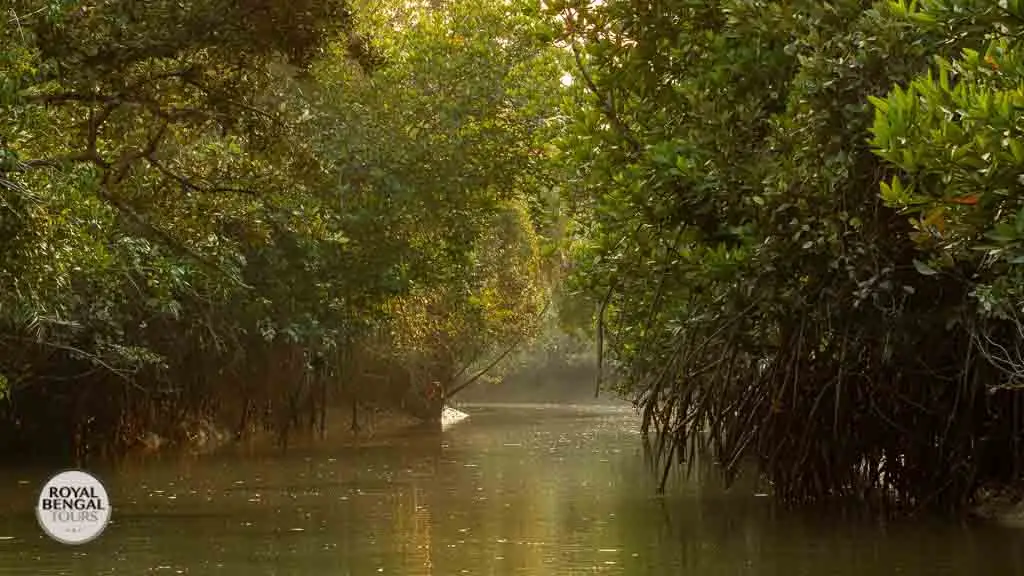
Historic Mosque City of Bagerhat
The Mosque City of Bagerhat, which dates back to the 15th century, is a showcase of outstanding Islamic architecture. Its mosques, mausoleums, and gateways reflect the region’s medieval legacy. The historic mosque city of Bagerhat was listed in 1985.
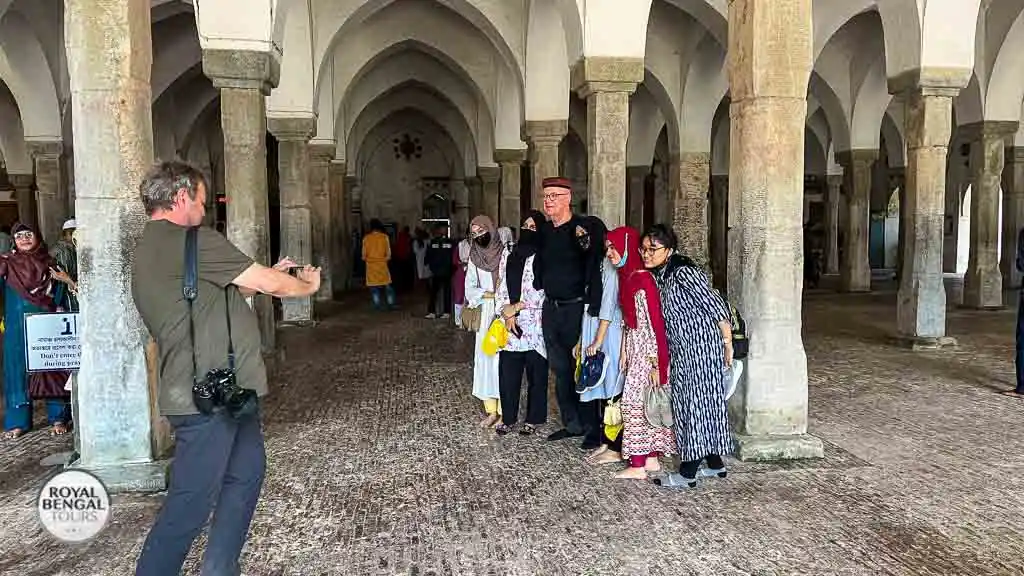
Ancient City of Paharpur, the highest Buddhist Stupa south of the Himalayas
Paharpur, once a prominent Buddhist center, features the impressive Somapura Mahavihara. This archaeological site highlights the intellectual and religious heritage of ancient Bengal. The n..ins of the Buddhist Vihara at Paharpur are a testament to ancient Bengal’s Buddhist influence. The site, with its monumental stupa, offers insights into early medieval Buddhist culture. This site was inscribed 1n 7985.
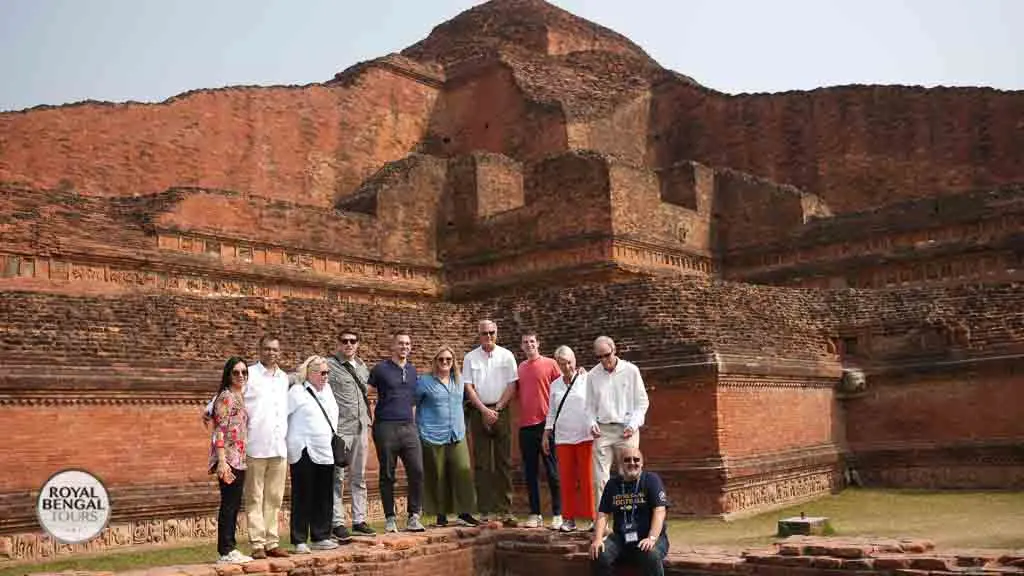
Intangible UNESCO Heritage of Bangladesh
Bangladesh has a rich cultural heritage that has been recognized by UNESCO. Here are the intangible cultural heritage elements listed by UNESCO for Bangladesh:
- Baul songs: This traditional folk music genre is known for its spiritual and philosophical themes.
- Traditional art of Jamdani weaving: Jamdani is a fine muslin fabric with intricate patterns woven into it.
- Mangal Shobhajatra on Pahela Baishakh: This colorful procession celebrates the Bengali New Year.
- Traditional art of Shital Pati weaving of Sylhet: Shital Pati is a type of woven mat made from natural fibers.
- Rickshaws and rickshaw painting in Dhaka: Rickshaw painting is a unique form of folk art that adorns the back of rickshaws in Dhaka.
- Traditional boat making art of Gopalganj: This craft involves building traditional wooden boats.
- Traditional art of bronze and copper craft of Dhamrai: This traditional craft involves creating metal objects using bronze and copper.
These elements represent the diverse cultural heritage of Bangladesh and contribute to its unique identity.
“Baul Songs“ (traditional music) inscribed on the List in 2008
The soulful melodies of Baul songs, recognized by UNESCO as an intangible cultural heritage in 2008, weave a unique soundscape. These traditional folk songs Originating from the mystic traditions of Bengal, Baul’s music carries profound spiritual and cultural significance. The soulful melodies and poetic lyrics of Baul songs, frequently accompanied by unique instruments like the ektara and dhol, enchant visitors leaking for an authentic experience in Bangladesh. Delve into the heart of Bangladeshi heritage by attending BauI music festivals or performances, where the spirit of freedom and spiritual exploration resonates through this timeless musical tradition. Immerse yourself in the enchanting world of Baul Songs and discover the essence of Bangladesh’s cultural heritage.
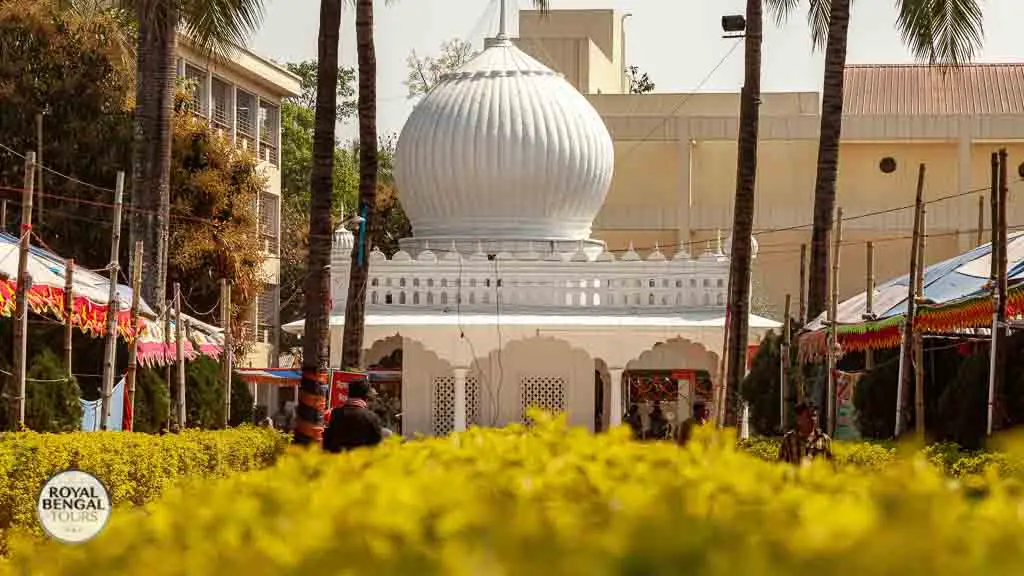
“Traditional art of Jamdani Saree weaving”
The traditional art of Jamdani weaving was recognized as an Intangible Cultural Heritage of Bangladesh by UNESCO in 2013. Jamdani involves meticulously weaving delicate patterns onto gossamer-like muslin fabric. The resulting sarees are renowned for their breathtaking beauty, featuring floral motifs, geometric designs, and traditional symbols. Owning a Jamdani saree is a cherished possession, representing not just exquisite craftsmanship but also a connection to Bangladesh’s cultural legacy. If you have time during your stay in Dhaka, do not miss the opportunity to meet the magic artisans and their incredible works that you can never believe without seeing. You can also include Jamdani village visit with a trip to Sonargaon and Panam Nagar. Discover the cultural significance of this revered textile artform, and perhaps acquire a piece of Jamdani fabric as a cherished souvenir.
Experience the beauty and heritage of Jamdani weaving, a quintessential part of Bangladesh’s cultural tapestry.
“Mangal Shobhajatra”
Mangal Shobhajatra, celebrated on Pahela Baishakh (Bengali New Year) on April 14, is a vibrant festival organized by the students and teachers of Dhaka University’s Faculty of Fine Art. Recognized by UNESCO in 2016 as an Intangible Cultural Heritage of Humanity, this procession symbolizes the unity, strength, and cultural pride of the Bangladeshi people. Featuring colorful masks, floats, and traditional music, the festival aims to drive away evil forces and usher in hope and prosperity for the new year. It stands as a testament to the country’s rich folk heritage and democratic values. The Mangal Shobhajatra offers a unique window into Bangladesh’s rich cultural traditions and festive spirit.
Shital Pati
The Bangladeshi traditional art of Shital Pati weaving was recognized by UNESCO as an intangible cultural heritage of humanity in 2017. This unique art form involves the intricate weaving of strips from the Murta plant, known for its flexibility and durability, to create beautifully patterned mats known for their cooling feature, especially valued during hot summer months. They are cool (“Shital” translates to “cool” in Bengali) and comfortable for use as seating mats, bedspreads, or even prayer rugs. Woven by skilled artisans, primarily in the Sylhet region known for its rich cultural heritage, Shital Patis transcends mere utility. The skill and craftsmanship required to produce Shital Pati passed down through generations from master artisans to apprentices, preserve not only the technique but also the cultural significance and communal identity associated with it. The rhythmic clack of the looms and the meticulous attention to detail, creating a symphony of sound and sight, speak volumes about the dedication of these artisans, keeping a cool and colorful tradition alive.
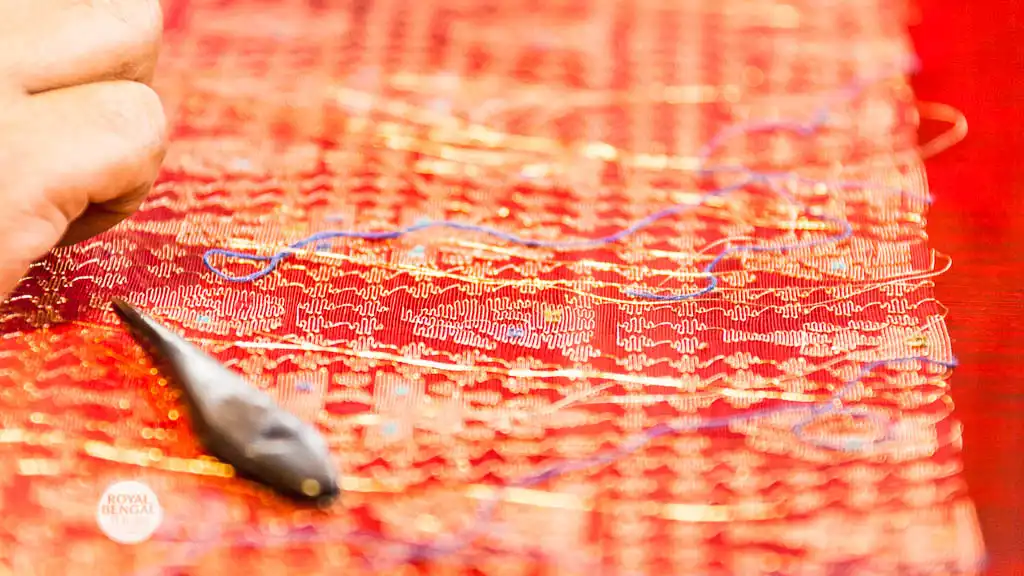
Rickshaws and Rickshaw painting in Dhaka
Rickshaws and Rickshaw paintings in Dhaka inscribed on the UNESCO Representative List of the Intangible Cultural Heritage of Humanity
The vibrant tradition of Rickshaws and Rickshaw Painting in Dhaka, now proudly inscribed on UNESCO’s Representative List of the Intangible Cultural Heritage of Humanity Dhaka’s iconic cycle rickshaws, beautifully adorned with intricate hand-painted designs, offer a visual feast for tourists seeking an authentic Bangladeshi experience. Embark on a rickshaw ride through bustling streets adorned with these unique artworks, showcasing scenes from folklore, nature, and everyday life. Discover the artistry and cultural significance behind each stroke as you delve into Dhaka’s rich heritage. Don’t miss this opportunity to support and celebrate a cherished part of Bangladesh’s intangible cultural legacy during your visit to Dhaka.
“Traditional boat-making art of Gopalganj”
The traditional boat-making art of Gopalganj, recognized as an intangible UNESCO heritage, is a testament to Bangladesh’s rich maritime culture. It is an indication of the country’s deep connection to its rivers. Skilled artisans in Gopalganj handcraft a diverse range of wooden boats, each perfectly adapted to navigate the region’s waterways. From the graceful sh舟 (zhōu) boats used for fishing to the sturdy balam (large cargo boats) for transporting goods, these vessels are not just functional tools but works of art, reflecting generations of knowledge and meticulous craftsmanship. Despite modern challenges, efforts by organizations like Friendship strive to preserve these ancestral techniques, ensuring the legacy of Gopalganj’s boat-making endures. Witnessing the boat-making process in Gopalganj offers a glimpse into a vital aspect of Bangladeshi culture and its enduring relationship with the rivers.
“Traditional art of bronze and copper craft of Dhamrai”
The traditional art of bronze and copper craft in Dhamrai, Bangladesh, is a revered practice that dates back to the Pala Dynasty (800-1100 AD). This intricate craft, primarily using the lost-wax casting method, has been passed down through generations in the predominantly Hindu community of Dhamrai. Artisans skillfully transform brass and bronze into a variety of decorative and practical objects, including statues of Hindu deities and other cultural icons. Despite the challenges posed by modern technology and mass production, the dedication of these craftsmen has preserved this ancient tradition, making it a significant part of Bangladesh’s intangible cultural heritage.
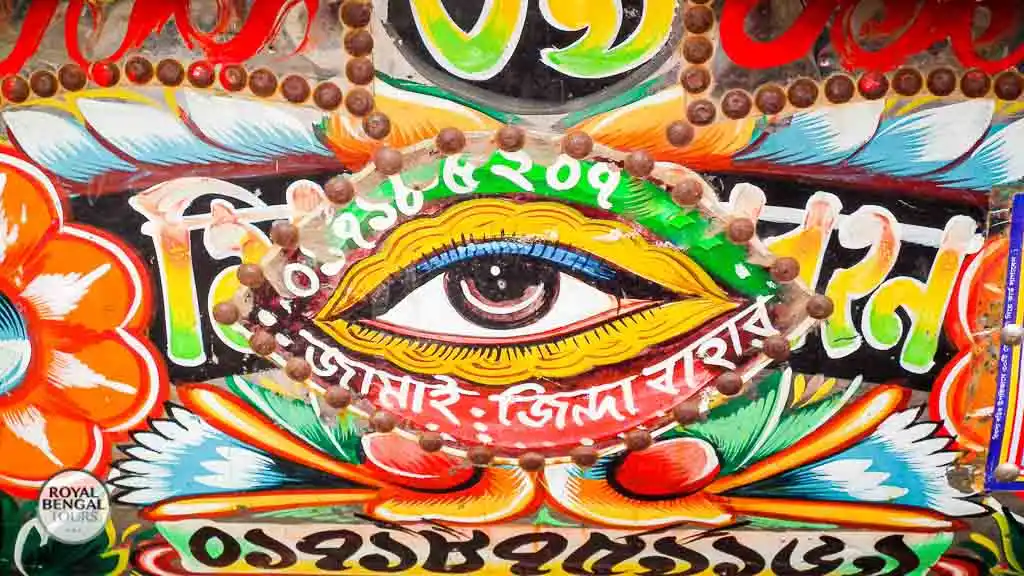
Historic Mosque City of Dhaka
Dhaka, the capital city, houses a wealth of architectural treasures. The historic mosque city, with its Mughal-era structures, represents a vibrant blend of Islamic and Bengali architectural styles.
[Read more about Dhaka…]
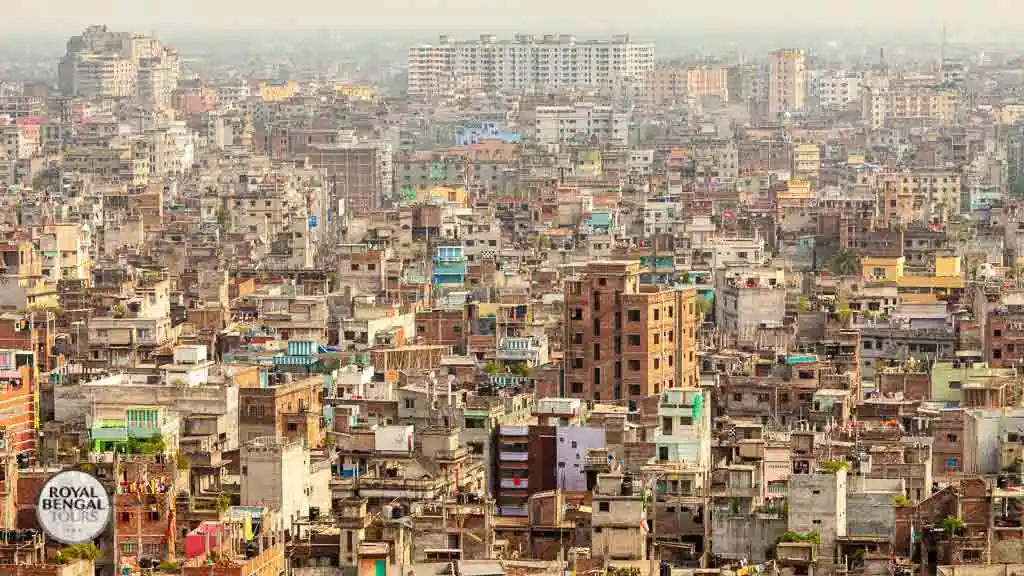
Varendra Research Museum
The Varendra Research Museum in Rajshah is a repository of Bengali history and culture. It houses a diverse collection of artifacts, Manuscripts, and artworks.
(Read more about Varendra Museum…]
Sites on the Tentative List
A Tentative List is an inventory of those properties which each State Party intends to consider for nomination. Here are some of the sites has been shortlisted for review:
- Archaeological Sites on the Deltaic Landscape of Bangladesh – 2023
- Archaeological sites of Lalmai-Mainamati – 2023
- Cultural Landscape of Mahasthan and Karatoya River – 2023
- Mug ha I Mosques in Bangladesh – 2023
- Mughal and Colonial Temples of Bangladesh – 2023
- The Architectural Works of Muzharul Islam: an Outstanding Contribution to the Modern Movement in South Asia – 2023
- Mughal Forts on Fluvial Terrains in Dhaka – 2023
Development and Conservation
Preserving Bangladesh’s UNESCO sites requires concerted efforts from governmental and non-governmental organizations. Sustainable tourism practices and community involvement are crucial for their conservation.
Challenges and Future Prospects
Despite conservation efforts, UNESCO sites in Bangladesh face challenges such as climate change, urbanization, and insufficient funding. Collaborative strategies are essential to ensuring their longevity.
Tourism Impact and Recommendations
UNESCO World Heritage sites in Bangladesh are not only cultural gems but also significant contributors to the nation’s tourism industry. Responsible tourism can promote local economies while safeguarding
heritage.
Check out our trips around this area:
FAQs about UNESCO World Heritage in Bangladesh
- What does UNESCO World Heritage status mean? UNESCO designates sites as World Heritage based on their cultural, historical, or natural significance.
- How many UNESCO World Heritage sites are there in Bangladesh? Bangladesh currently has [number]. UNESCO World Heritage
- What is unique about the Sundarbans Mangrove Forest? The Sundarbans is the largest mangrove forest globally and home to diverse wildlife, including the Bengal tiger.
- Why is Bagerhat known as the Mosque City? Bagerhat is renowned for its historic mosques and Islamic?
- What makes Paharpur an important archaeological site’ Paharpur showcases the remnants of a significant Buddhist monastery from ancient Benga
- How can tourists contribute to the conservation of JNESCO sites in Bangladesh? Tourists can support conservation efforts by following sustainable tourism practices and respecting local
Bangladesh’s UNESCO World Heritage sites encapsulate the nation’s rich heritage and natural splendor. Preserving these treasures is not just a responsibility but a testament to our commitment to future generations.


